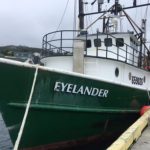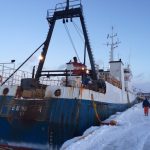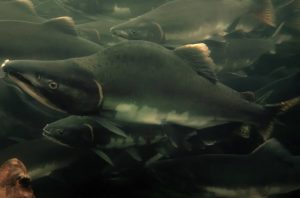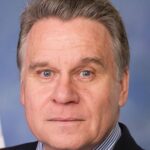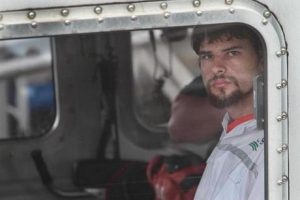Tag Archives: WW II
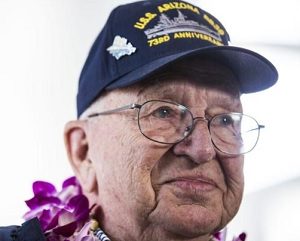
On the 78th Anniversary, Pearl Harbor Veteran to Be Interred on Sunken Ship
It was an attack that shaped history, leaving more than 2,400 Americans dead and forcing the United States to enter a war it had been reluctant to join. On Saturday, the 78th anniversary of the 1941 sneak attack by Japan on Pearl Harbor, the remains of one of the survivors of the assault will be interred on his sunken ship, the USS Arizona. Lauren Bruner, who was among the last sailors rescued from the Arizona as it exploded into flames and sank, died in September at age 98. >click to read< 07:06
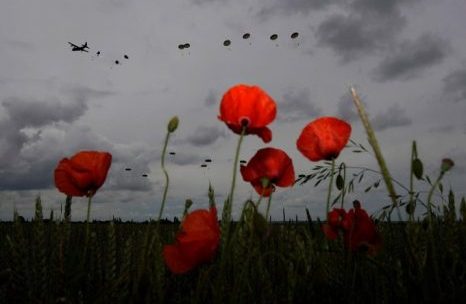
D-Day: June 6, 1944
Inside General Eisenhower’s Sleepless Night Ahead of the D-Day Invasion – >click to read< On June 6, 1944, 150,000 Allied soliders arrived on the beaches of Normandy, France for the largest seaborn invasion in world history. “D-Day,” as it’s now referred, was a major tactical victory against the Nazis in Europe during World War II, and it is remembered as one of the most courageous operations in the history of international warfare.In photos: Nations mark the 75th anniversary of the D-Day invasion ->click here to review< >click to read/view<14:42
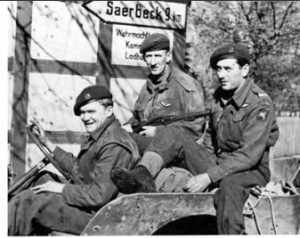
D-Day confidential: How four Canadian soldiers made it through their longest day
A fisherman, a farmer, a labourer and a civil servant were among the thousands who fought in the Allied invasion that turned the tide of the Second World War. For decades, the records of what they did sat in American archives, unheard. These are their stories.,,, To sign up, Private Henry Churchill, (in the center), sold his lobster fishing licence and twice walked 19 kilometres from his hometown, Port Maitland, N.S., to the nearest recruiting office in Yarmouth. A paratrooper, he would drop into Normandy with 1st Canadian Parachute Battalion, ahead of the seaborne assault. Sapper Schaupmeyer was the third of the seven children of German immigrants farming near Edmonton. He and two brothers enlisted,,, >click to read<16:04
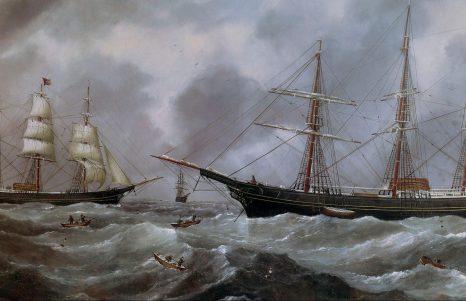
How Bomb Debris from Bristol, England, Made a Road in NYC
Here and there along the shores of the island of Newfoundland there are large amounts of flint. Since flint does not occur naturally in the area, we know that it was once ballast. This is what remains of the vast seasonal Grand Banks fisheries, so important from the early 16th to the early 20th centuries. In Eurocentric terms, Newfoundland was discovered in 1497 by John Cabot, a Venetian-born navigator sponsored by King Henry VII of England and a group of Bristol merchants. By that time, of course, there had been people living in Newfoundland,,, >click to read<13:38

































